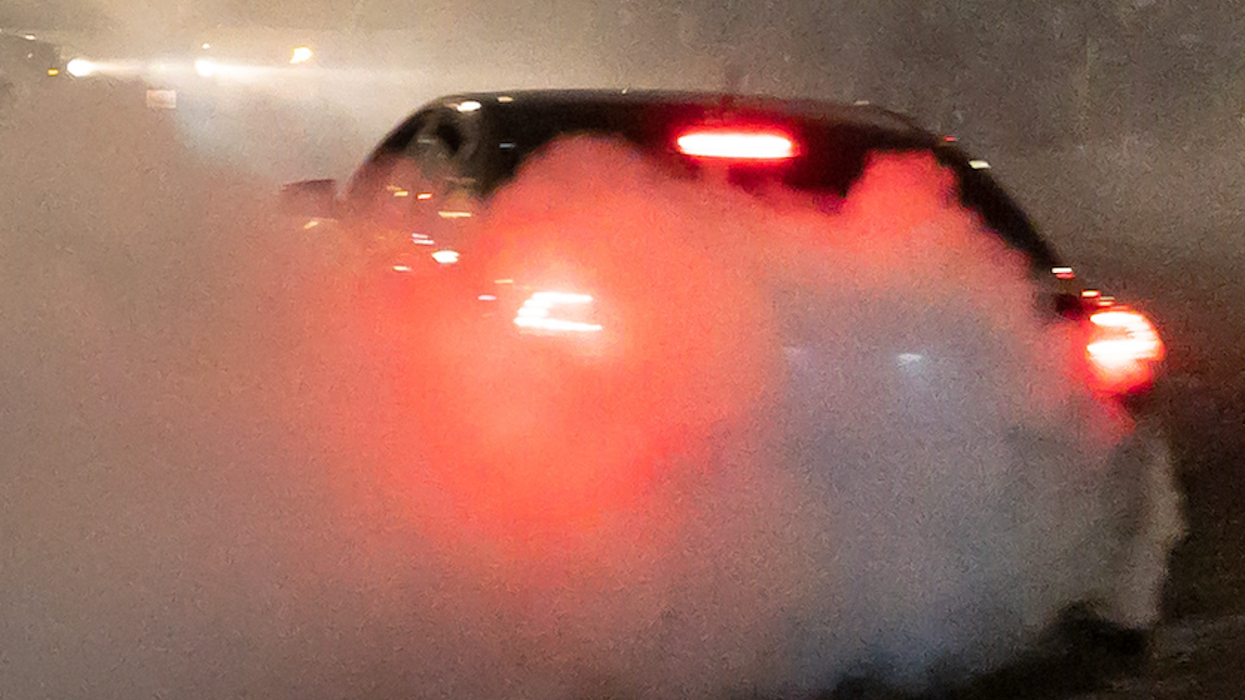
© 2025 Blaze Media LLC. All rights reserved.
"You don’t need to wait until you have any symptoms."
The popular online conference series TED Talks hosted its TEDGlobal conference in Brazil last week where a new device was described as having "one of the most thrilling demos in TED history."
Meet Miriam, the $500, 3-D-printed device that can detect several different types of cancers with just a single drop of blood. People were so excited about this product because current methods of cancer detection are expensive and thus are not available for general testing until a person senses something might be wrong.
Miriam, however, could allow for even earlier cancer detection, increasing the chances that treatment would prove effective.
"You don’t need to wait until you have any symptoms, you don’t need to know which disease you are looking for, you only need 1 milliliter of blood and a relatively simple array of tools," the company said in a blog post.
The device, created by the company Miroculus, is able to detect microRNA in the blood, which can then be used to identify different types of cancer.
"Our proprietary chemistry can detect microRNAs from body fluids or tissue without the need of a specialized technician or expensive lab machinery," the company stated on its website. "Each well of this plate has our patented biochemistry that is looking for a specific microRNA. This biochemistry acts like a trap that closes only when the microRNA is present in the sample. Whenever a trap closes it will shine with green color."
"The reaction runs for approximately 60 minutes. Your smartphone processes the results, matches the wells that shine with specific microRNAs, and analyzes how much and how fast they shine," the company continued.
Wired explained more about how this works:
After the wells are full, the plate goes into the device, and the reaction begins. When microRNA is present, the wells start to glow. The stronger the glow, the stronger the presence of microRNA. In an hour, the reaction is complete, and the results get sent to a cloud server. There, the system reads the luminosity of the various wells, determines which microRNA is present in the sample, and compares that result to a database of information on which microRNA patterns are associated with which cancers. Then the system is able to make a judgment.
Because microRNA isn't just associated with cancer, Wired reported that the Miraculus is marketing the device to pharmaceutical companies, which could use Miriam to see how patients react to drugs. The company will then collect data that will help it understand other types of microRNA that can be detected by the device.
After it has enough data and can ensure that the system can accurately diagnose the presence of cancer among other types of microRNA, the company will begin seeking approval from the Food and Drug Administration for its use.
(H/T: Reddit)
—
Front page image via Shutterstock.
Want to leave a tip?
We answer to you. Help keep our content free of advertisers and big tech censorship by leaving a tip today.
Want to join the conversation?
Already a subscriber?
more stories
Sign up for the Blaze newsletter
By signing up, you agree to our Privacy Policy and Terms of Use, and agree to receive content that may sometimes include advertisements. You may opt out at any time.
Related Content
© 2025 Blaze Media LLC. All rights reserved.
Get the stories that matter most delivered directly to your inbox.
By signing up, you agree to our Privacy Policy and Terms of Use, and agree to receive content that may sometimes include advertisements. You may opt out at any time.






